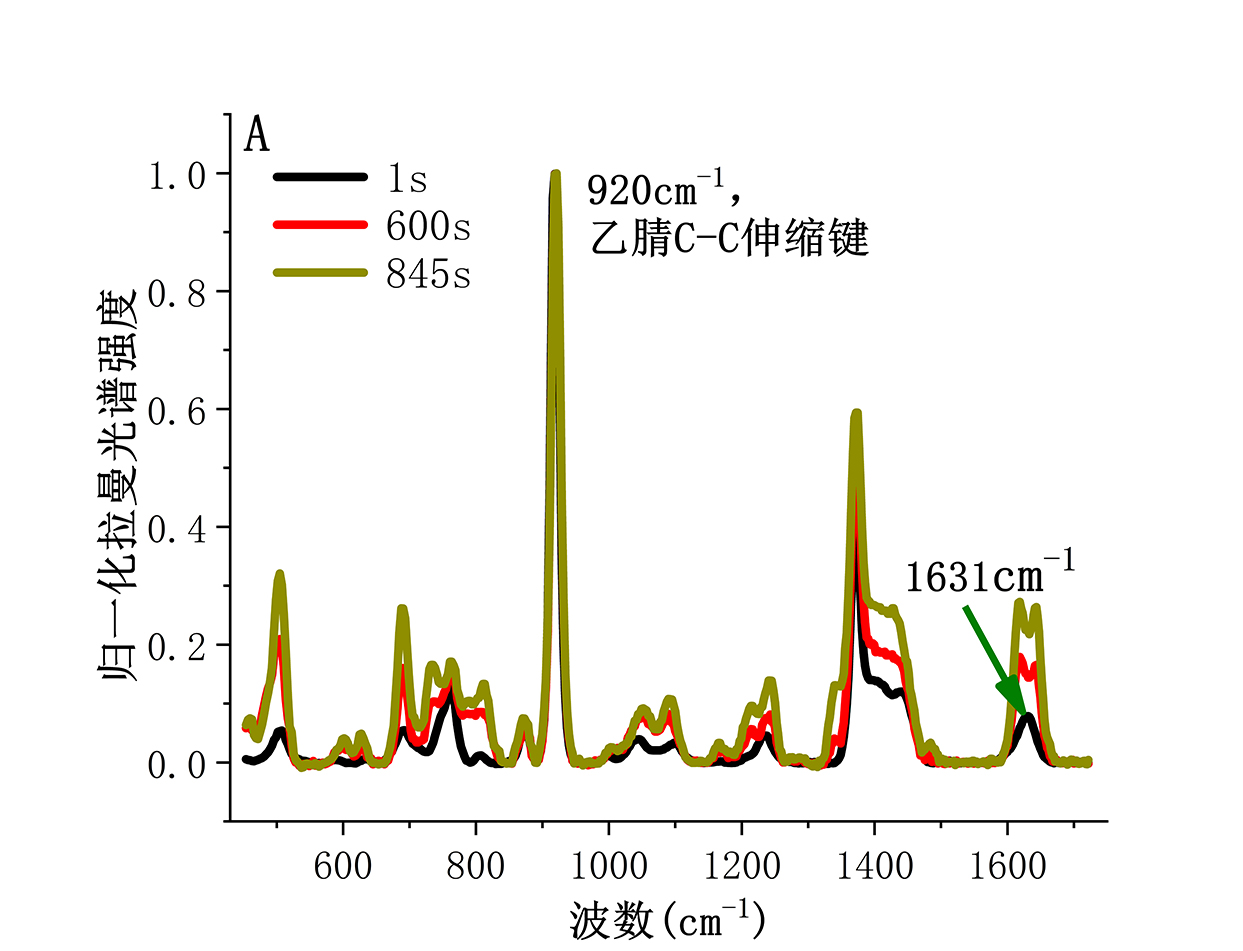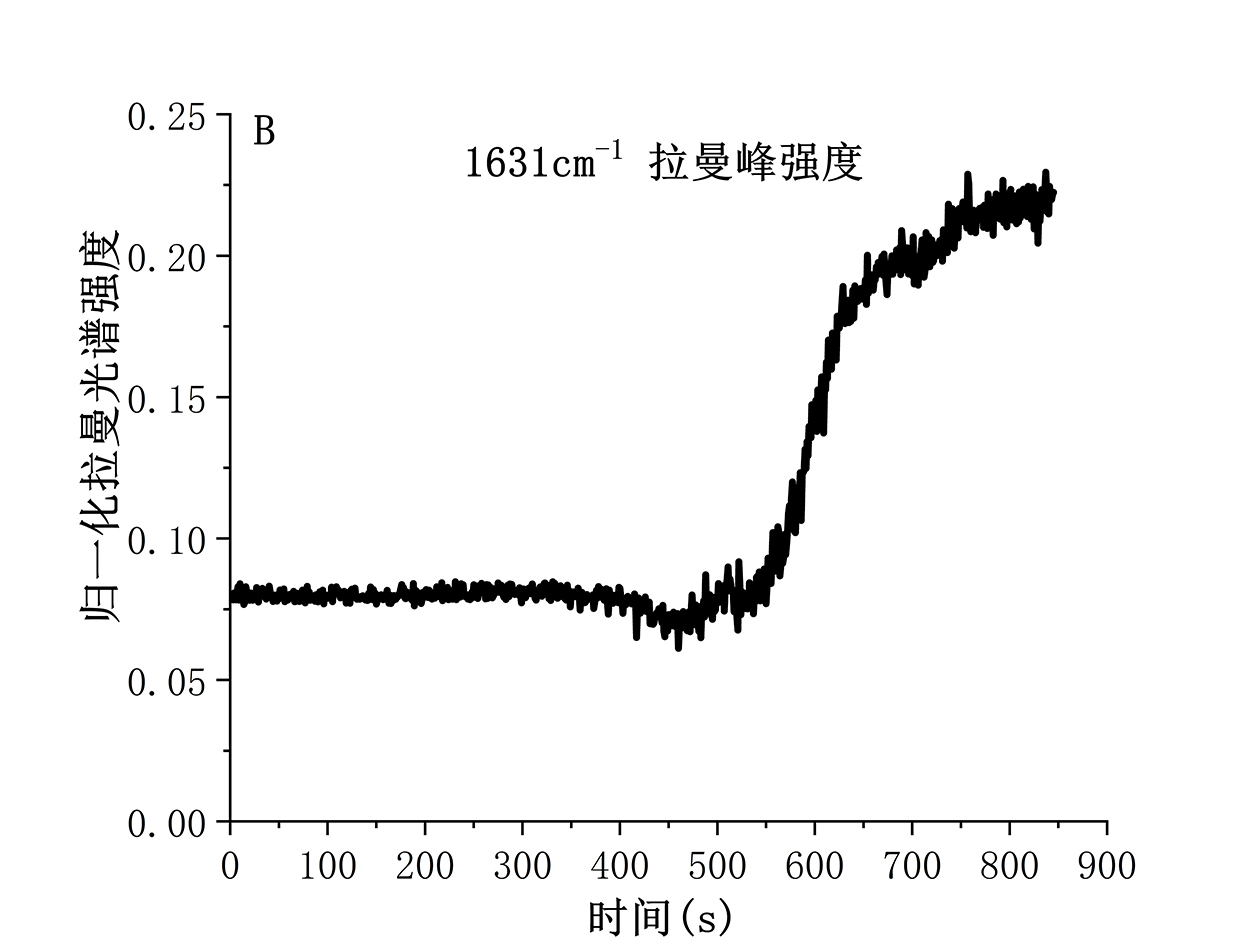Crystallization is widely used in the pharmaceutical and chemical industry for product purification and stable quality, and drug bioavailability and efficiency are usually related to particle size. Understanding how process parameters affect key transformations such as nucleation, growth, and breakage can help develop high-quality drugs and chemical materials while reducing costs. At present, conventional crystal analysis methods require sampling and sample preparation for destructive analysis, which cannot provide real-time feedback. Raman fingerprint spectroscopy technology can non-destructive analyze the composition and molecular structure of chemical samples, with fast testing speed. By immersing a Raman probe in a liquid, it can achieve:
Measure the concentration of compound solutions, track the crystallization process, and reveal how temperature, pH, stirring rate, or solvent affect the crystallization process.
Real time tracking of crystal growth, structure, and morphology.
Optimize crystallization conditions to provide feasible data analysis for real-time decision-making and control.

Figure A shows the Raman signal changes over time during the crystallization process of 7-ACT, a cephalosporin intermediate, dissolved in acetonitrile and continuously added with sodium carbonate. The Raman spectrum includes characteristic peaks of acetonitrile, 7-ACT, and crystals, with 920cm-1 being the C-C stretching peak of acetonitrile and 1631cm-1 being the C-O peak of 7-ACT. It can be observed that the 1631cm-1 peak splits into two small peaks during the crystallization process, and their intensity changes the most with time.

Figure B shows the trend of light intensity at 1631cm-1 over time. Starting from the addition of sodium carbonate to 500s, the intensity of this peak sharply increases, indicating that a large amount of crystals are beginning to produce and the crystallization begins to slow down at approximately 650s. By analyzing the changes in Raman characteristic peaks during the crystallization process, the crystallization reaction process, crystal structure and morphology can be studied, providing real-time data support for crystallization control.
